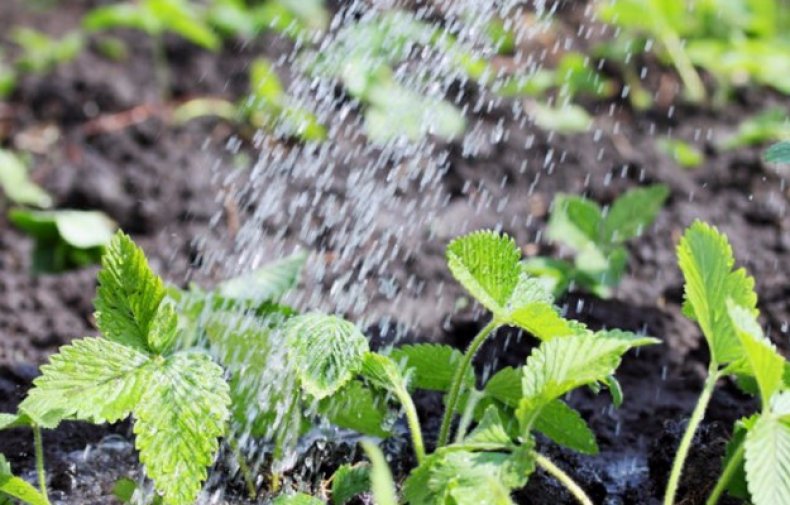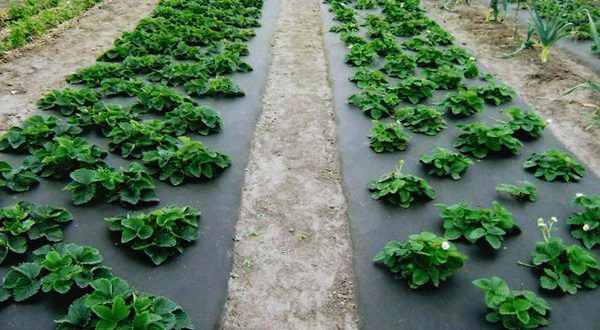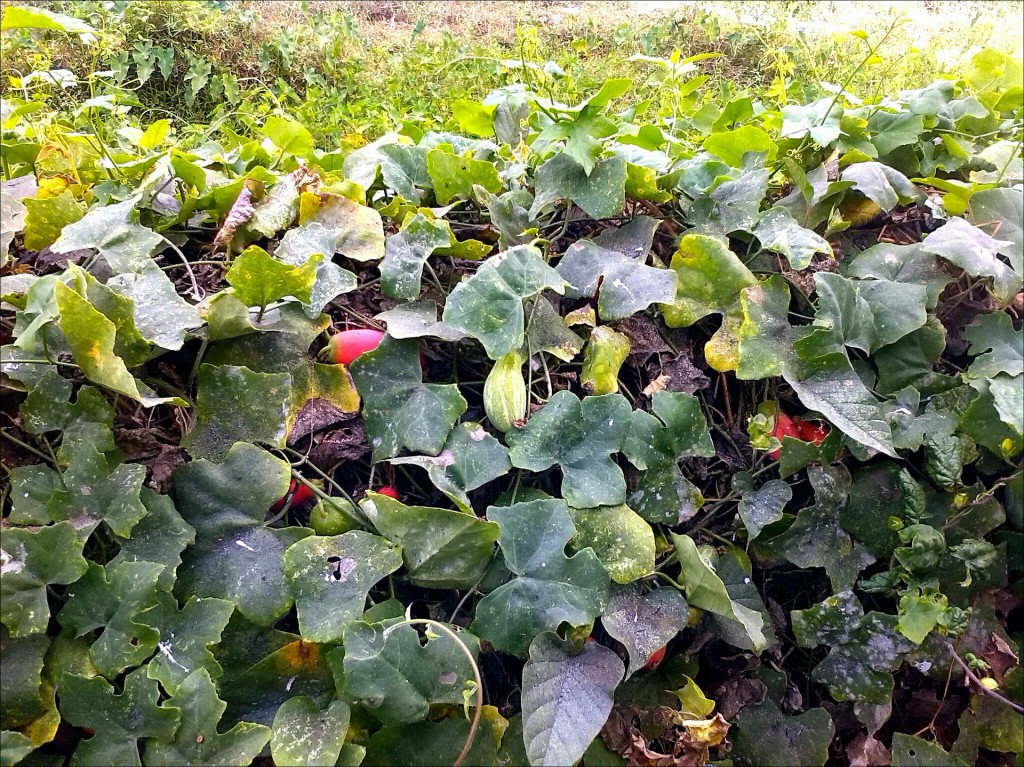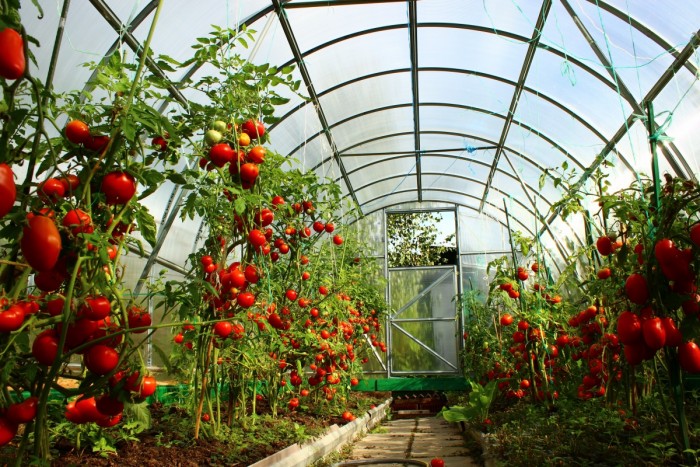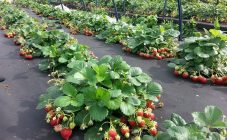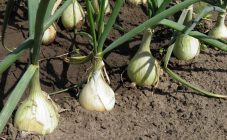Content:
Almost all amateur gardeners grow strawberries in the garden or in the country. In order to constantly harvest a good harvest, it is worth knowing what can be planted next to strawberries, and what will restrain its growth, growth and will not produce juicy and ripe berries.
Strawberries, also called garden strawberries, are considered the most common plant among amateur gardeners and do not require complex care. For four years it gives a constant good harvest. After this period, strawberries become much smaller, their taste becomes sour. The soil is depleted, compacted significantly, the risk of contracting a disease or fungus increases.
Conditions for growing strawberries
All strawberry varieties are non-conflict crops and grow on different types of soil. The root system of strawberries is shortened; for good growth, loose sandy loam soil or medium loam is required with the obligatory content of trace elements, nitrogen and potassium. If the soil is soddy-podzolic or clayey, the plant grows more slowly and gives a lower yield. It is worth considering the acidity of the soil, it should correspond to pH 5-6.5.
The best time to plant tubers is early spring or autumn. First, the seedlings are placed in a cool place for several days, immediately before planting, the strawberry root is moistened in a clay mash to prevent drying out and better take root in the soil. Landing is carried out in a disinfected with a special compound and moistened ground in the morning or evening to avoid direct sunlight.
Some gardeners plant during the summer months using the two-line planting method. However, in the summer season there is little rainfall, it is hot, and abundant watering and artificial shade will not give a good result for the full growth of strawberries. The plant may wither or die.
Temperature regime
Strawberries can withstand temperatures up to -10 degrees, under a layer of snow it can tolerate frost down to -30 degrees. The buds are resistant to temperatures of -5 degrees. With sudden frosts in the spring, the entire ovary will not die, since the plant blooms unevenly.
Lighting
The plant is light-requiring, but tolerates slight shading well. The more sunlight hits the strawberry bush, the sweeter the berries become. When grown with strong darkening, the fruits acquire a sour taste.
Watering
Strawberries need moderate watering to keep the plant from rotting. In summer - up to twice a day. The plant does not tolerate prolonged flooding and droughts, slows down its growth and reduces yields.
The water temperature is about 15-16 degrees. If the plant bears fruit, then you cannot water the leaves and berries, only at the root. On rainy days, strawberries are covered with plastic.
Growing
Strawberries are grown outdoors in bulk beds. The rows are located at a distance of 35-40 cm from each other.
A closed type of beds of wooden planks located along the embankment is desirable so that the plant does not grow.
It is best to plant strawberries in flat areas protected from the wind. Avoid:
- lowlands with constant cold air;
- steep slopes with seasonal leaching of nutrients from the soil;
- soils with a groundwater content above 70 cm.
Culture compatibility
There are crops that are best grown nearby. Planting them together has a number of advantages: it increases the mutual yield, protects against many diseases, viruses and pests, saves the free space of a small area.
It is worth familiarizing yourself with the recommendations for joint plant cultivation:
- A mixed vegetable garden with crops that consume the same nutrients from the soil is not suitable for growing together. There will be a struggle between them, and each plant will not receive enough of them, will grow more slowly and give a weak harvest.
- The different needs of crops for watering will lead to the fact that one crop will receive less moisture, the other may begin to rot.
- A taller plant will poorly coexist with a smaller plant. It will create an unnecessary shadow, and the latter will not be able to fully develop due to a lack of light.
- Plants that are susceptible to attack by the same pests or are prone to the same diseases, when infected, will infect a neighboring crop.
Neighborhood with strawberries in the garden
What can be planted with strawberries on the same bed to collect a good, juicy harvest is a question that worries every amateur gardener who has a dacha outside the city.
A useful neighborhood among plants simplifies the assimilation of nutrients from the soil, helps the growth and development of a number of growing crops, incompatibility of crops can lead to their death in just a couple of months. Therefore, it is very important to know what can and cannot be planted next to strawberries.
The best neighbors of strawberries in the garden
Plant compatibility chart
| Culture | Variety | Features: |
|---|---|---|
| With root vegetables | Parsley, sage, dill | Scares off slugs and snails |
| Carrot | This vegetable protects against garden pests | |
| Beetroot, radish, radish | · With the same period of fruiting in relation to strawberries. · Radishes are planted at a distance of 0.5 m from each other. Choose between radish or beetroot and plant along the strawberry beds | |
| With bulbs and herbs | Garlic | · Has a strong odor that drives away pests. · Arrange along the length of the strawberry. · Garlic prevents late blight and strawberry bushes from getting infected. Pests are afraid of him: aphids, ants, strawberry weevil, nematodes, wireworms, spider mites |
| Bow | Onions and strawberries in the same garden are considered the best neighbors. Strawberries grow and multiply quickly next to the onions, do not rot | |
| Green crops | Spinach, sorrel, cucumber, lettuce. | · They are undemanding to care, do not consume trace elements similar to strawberries from the soil, there are no common parasites. · Increase the growth of strawberry whiskers to expand the plantation. |
| Coriander, anise, basil, thyme, tarragon | Such a neighborhood with strawberries in the garden drives away many pests | |
| Legume culture | Beans, peas, lentils | · The best loosening agents of the soil. · Fill it with nitrogen. Create a slight shadow |
| Flower crops | Peony, clematis, tulip, iris, fern, rhododendron, jasmine, marigolds, nasturtium, delphinium, etc. | · Marigolds avoid flower: onion fly, weevil, nematode, bear, etc. · Protect against fusarium. · Increase strawberry productivity. Planted around the perimeter of the garden and between the rows of strawberries |
| With trees and shrubs | Spruce, grapes, pine, sea buckthorn | · Create diffused lighting. · It is important to avoid excessive shade. Neighborhood with a birch is strictly prohibited |
What next to strawberries should not be planted
Plant incompatibility table
| Solanaceae crops | Potatoes, tomatoes | Strawberries and tomatoes - compatibility is quite dangerous.Tomatoes require the same nutrients from the soil as strawberries. Can infect with late blight |
|---|---|---|
| Clove | Sunflower, Jerusalem artichoke | They deplete the soil for a long time, shade strawberry bushes, the husk of sunflower seeds is very poisonous. |
| Raspberries | It consumes a lot of moisture and makes the soil around it dry. The strawberries stop producing berries and may die. | |
| Cabbage | · Consumes the same trace elements from the soil as strawberries. Requires a lot of water for its growth, which is detrimental to strawberries and can cause rotting |
On a note. Cucumber and pepper are strawberry-neutral plants. They do not contribute to its active growth and fruiting. Therefore, it makes no sense to plant them together.
If you follow all the recommendations for joint cultivation, you can harvest a good harvest and protect strawberries from diseases and pests.
Experienced gardening tips
In order to grow juicy and tasty strawberries, it is worth using mulching the beds with needles from spruce and pine.
When the strawberry bush gets old, it must be dug up and burned to destroy pests and various disease vectors. Then dig up everything with a depth of two bayonets, weeds growing around, such as horsetail and wheatgrass, and weed thoroughly.
Some gardeners plant young strawberry bushes among older plants. Gradually, old bushes are weeded out and replaced by young ones. Thus, a permanent plantation of strawberry bushes is formed. Favorable terms for planting are: spring, late summer and autumn.
In order for the strawberry harvest to be good, you need to plant it in the soil in which it grew before it: radish, parsley, spinach, mustard, garlic, turnip and radish; legumes, carrots and beets; corn; hyacinths, tulips, daffodils, etc.
After weeding out old tubers, strawberries should never be planted: rosaceous raspberries; hawthorn; cloudberries; rosehip.
They share common diseases, garden pests, and consume similar nutrients from the soil.
To harvest a good harvest, you can feed strawberries a couple of times a season (in early spring and after harvesting). Dry ammonia mixtures containing magnesium, potassium and phosphorus are suitable. The prepared mixture is evenly poured in a thin layer near the strawberry bush for its complete absorption into the soil.
To keep the strawberries in the garden clean, sprinkle the ground under the bush with a layer of sawdust and straw.
Why deprive the sunlight of ripening strawberries - some gardeners ask themselves and during fruiting they cut the leaves by a third. This measure allows more sunlight to hit the berries, then the plant will direct more energy to the growth of fruits.
If you follow the above recommendations for the selection of other crops compatible with strawberries, you can reduce the time for caring for strawberry beds and at the same time achieve a large, fragrant and juicy harvest every year.

